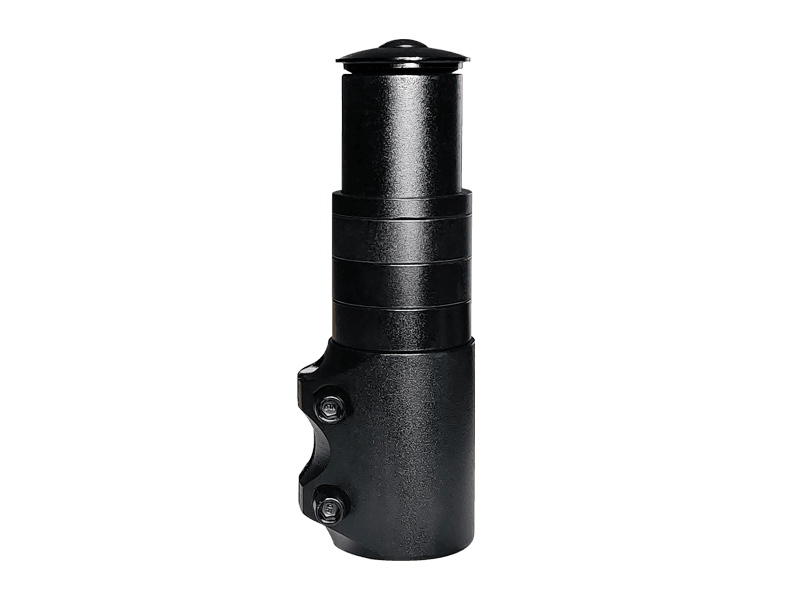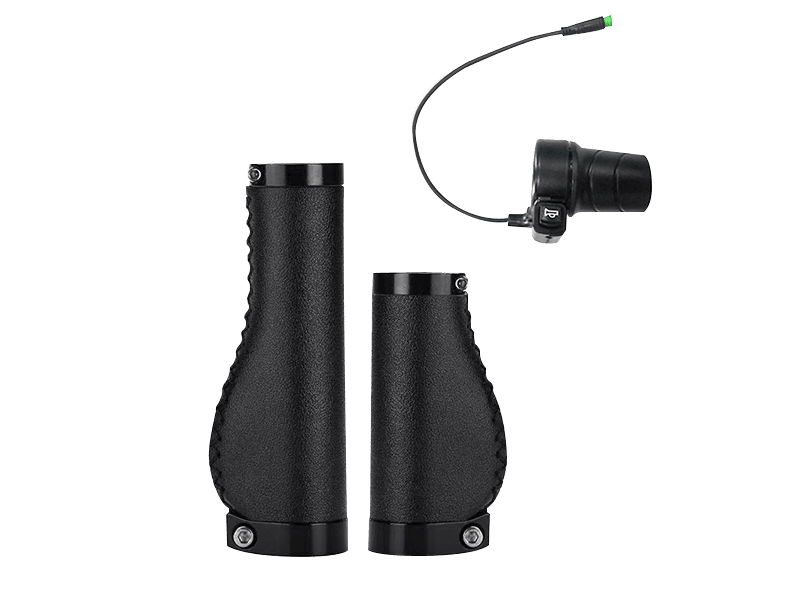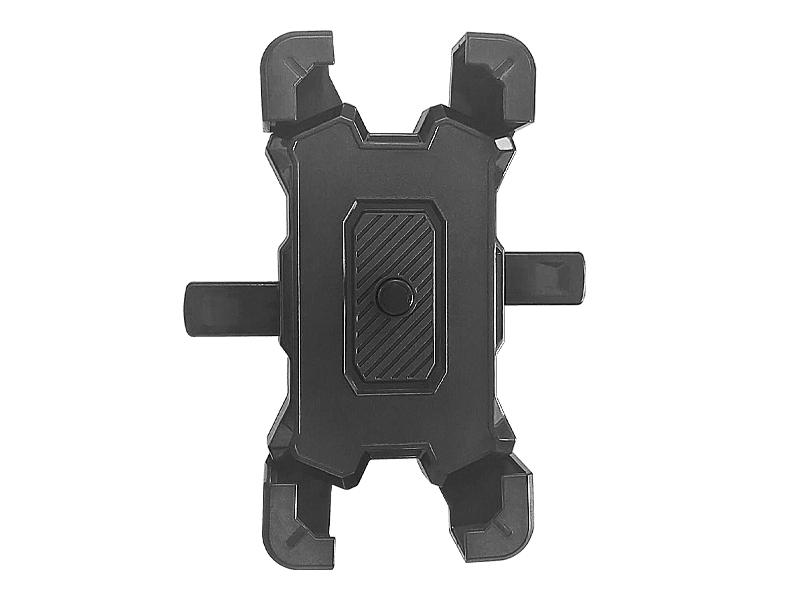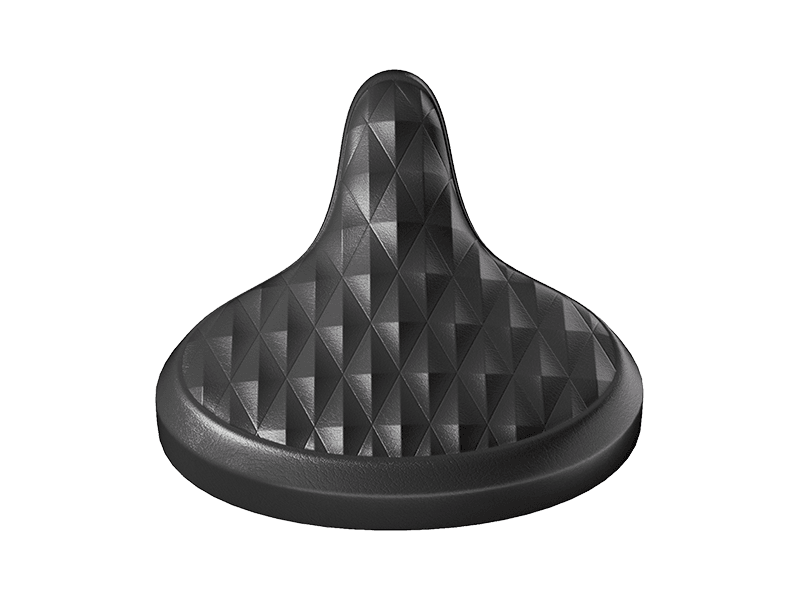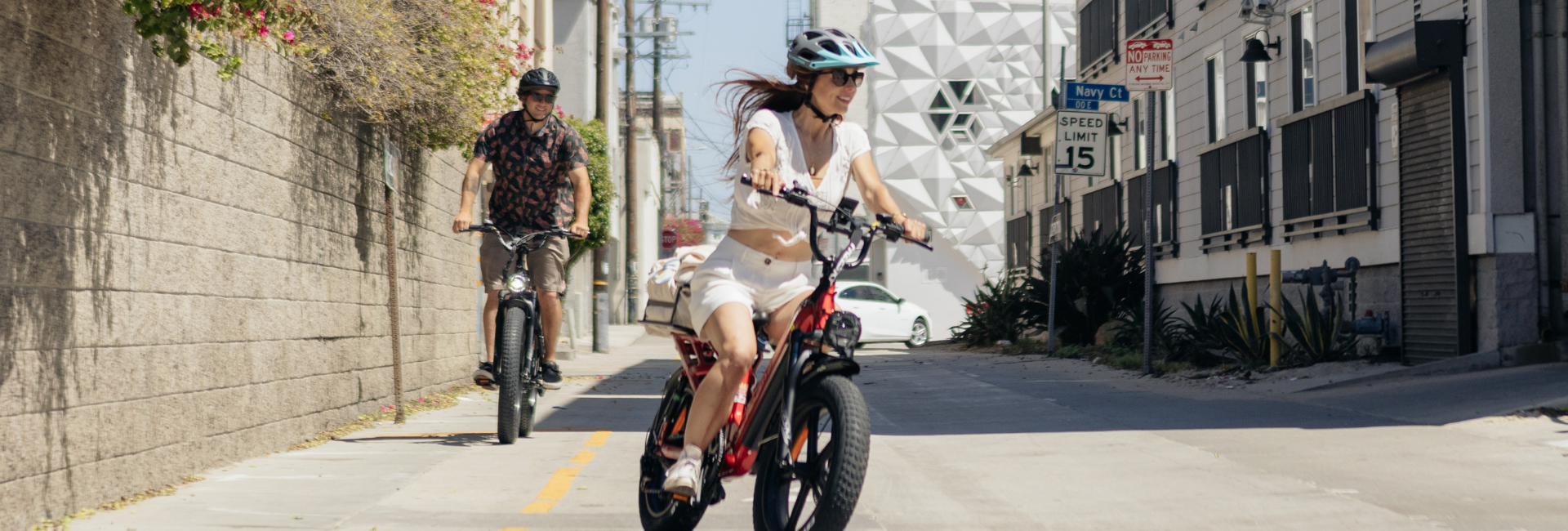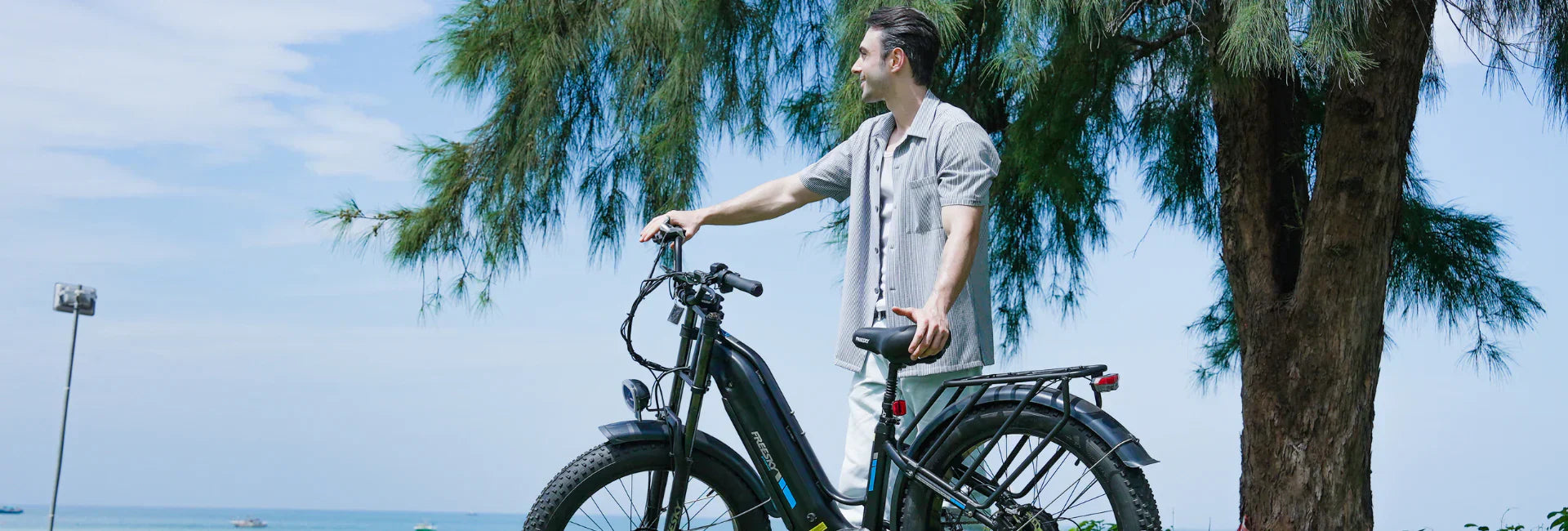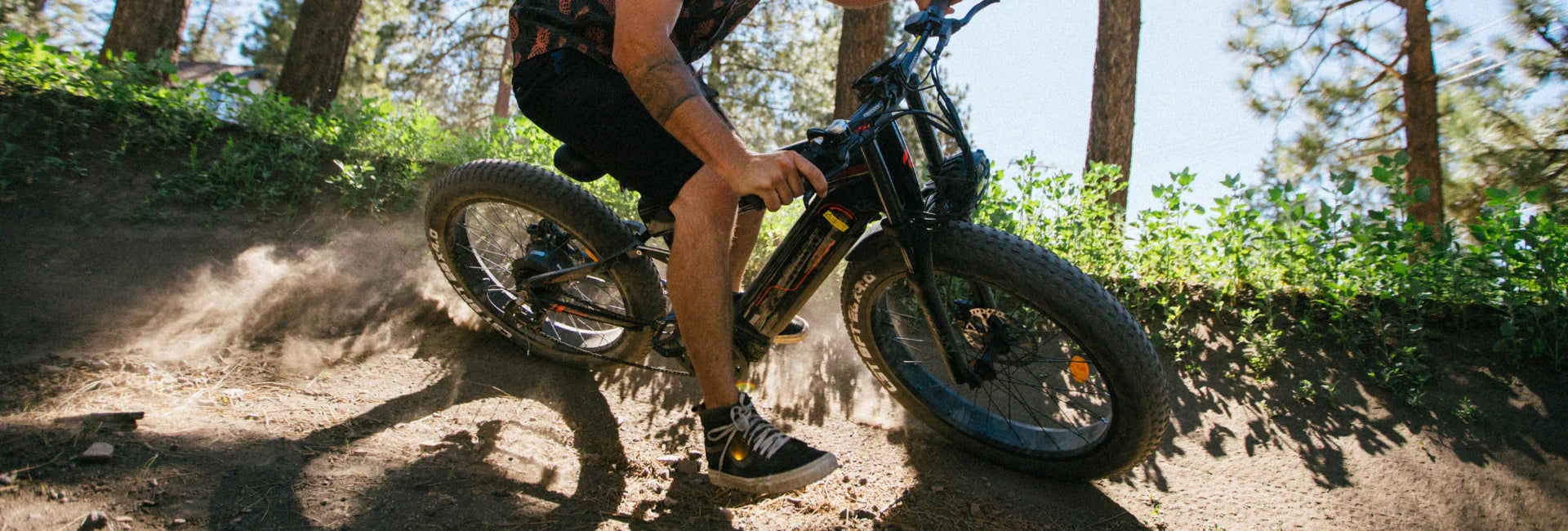La utilidad de las horquillas de suspensión bloqueables
FEB 14, 2025
En el mundo de las bicicletas, la horquilla es un componente crucial que desempeña un papel fundamental en el rendimiento y la maniobrabilidad general de la bicicleta. Entre los diversos tipos de horquillas disponibles, la horquilla de suspensión bloqueable destaca como una opción única y versátil, que ofrece a los ciclistas lo mejor de ambos mundos: la suavidad de una horquilla de suspensión y la rigidez y precisión de una horquilla rígida. Este artículo profundiza en la pregunta "¿Para qué sirve una horquilla de suspensión bloqueable?", explorando sus diversas ventajas y aplicaciones.
TEl concepto básico de las horquillas de suspensión:
Para comprender la utilidad de una horquilla de suspensión bloqueable, es fundamental comprender su concepto básico. Están diseñadas para absorber los impactos y choques que se producen en terrenos irregulares, como baches, rocas y raíces. Esto se logra permitiendo que las barras de la horquilla se compriman y reboten, desacoplando eficazmente al ciclista y a la bicicleta de las vibraciones más intensas del sendero. Esto no solo mejora la comodidad, sino que también mejora el control y reduce la fatiga en recorridos largos.
¿Por qué necesita una horquilla de suspensión bloqueable?
Sin embargo, hay situaciones en las que una horquilla de suspensión totalmente activa puede no ser la opción ideal. En carreteras lisas o en descensos a alta velocidad, una horquilla rígida ofrece mayor precisión y respuesta de dirección. Aquí es donde entra en juego la horquilla de suspensión bloqueable. Al bloquear la suspensión, los ciclistas pueden disfrutar de la rigidez y la capacidad de respuesta de una horquilla rígida cuando la necesitan, a la vez que conservan la opción de desbloquearla para terrenos más difíciles.
La horquilla de suspensión bloqueable refleja las necesidades cambiantes de los ciclistas y la innovación en la tecnología de las bicicletas. Es ideal para ciclistas que participan en una amplia gama de actividades, desde desplazamientos diarios hasta rutas por senderos, y todo lo demás. Por ejemplo, un ciclista que va al trabajo por carreteras urbanas lisas puede preferir la configuración de bloqueo para una conducción directa y ágil. Pero el fin de semana, al explorar senderos todoterreno, puede desbloquear la horquilla para disfrutar de una conducción más suave en terrenos accidentados.
La función de bloqueo se suele lograr mediante un mecanismo de bloqueo mecánico o hidráulico. Estos sistemas permiten al ciclista cambiar rápida y fácilmente entre los modos bloqueado y desbloqueado, a menudo con solo girar una palanca o pulsar un botón. Esta comodidad es crucial, ya que los ciclistas a menudo necesitan ajustar sus horquillas sobre la marcha, dependiendo del terreno y las condiciones de conducción.
El uso de una horquilla de suspensión bloqueable también se extiende al ámbito de las carreras de alto rendimiento. En eventos competitivos, cada segundo y cada gramo de control cuenta. Los ciclistas pueden usar la función de bloqueo para maximizar su eficiencia en tramos lisos del circuito, mientras confían en la capacidad de amortiguación de la suspensión para afrontar los tramos más difíciles. Esta flexibilidad permite a los corredores optimizar la configuración de su bicicleta para diferentes condiciones de carrera, lo que potencialmente les otorga una ventaja competitiva.
Además, la horquilla de suspensión bloqueable es beneficiosa para ciclistas con necesidades o preferencias físicas específicas. Por ejemplo, quienes tienen problemas de espalda o articulaciones pueden encontrar la configuración de bloqueo más cómoda en ciertas rutas, ya que reduce la flexión y el movimiento en la parte delantera de la bicicleta. Por otro lado, quienes buscan una conducción más flexible en rutas de larga distancia o carreras de enduro pueden apreciar la posibilidad de desbloquear la horquilla para mayor comodidad.
Además de sus beneficios prácticos, la horquilla de suspensión bloqueable también contribuye a la versatilidad general de una bicicleta.Con una sola bicicleta, los ciclistas pueden afrontar una amplia gama de escenarios, desde asfalto hasta tierra, sin necesidad de modificaciones significativas ni de comprar varias. Esta versatilidad no solo ahorra dinero, sino que también simplifica el proceso de empaquetado y transporte para viajes o carreras de varios días.
Cabe destacar que, si bien la horquilla de suspensión bloqueable ofrece ventajas significativas, también presenta limitaciones. La complejidad adicional y los mecanismos del sistema de bloqueo pueden aumentar el peso y reducir potencialmente la durabilidad general de la horquilla. Los ciclistas deben considerar cuidadosamente sus necesidades y estilo de conducción antes de invertir en una horquilla de este tipo para asegurarse de que se ajuste a sus necesidades específicas.
Conclusión
En conclusión, la horquilla de suspensión bloqueable es una herramienta valiosa para los ciclistas que buscan la mejor combinación de comodidad y precisión de manejo. Su capacidad para adaptarse a diferentes condiciones y escenarios la convierte en un complemento muy versátil y práctico para cualquier bicicleta. Ya sea para ir al trabajo, explorar senderos todoterreno o competir, la horquilla de suspensión bloqueable ofrece a los ciclistas la libertad y flexibilidad para disfrutar al máximo de su experiencia ciclista.


